And so another rather damp and unproductive February slips into history and the overwhelming feeling that I take from the month is one of what might have been. After all, there are not many times when you are fishing next to a bloke who catches a forty pound pike are there? Well, believe it or not, it has actually happened to us a few times, so if you want to catch a monster pike then perhaps the best tip I can give you is to anchor up next to us!
To see such fish in the flesh though is just so awe inspiring, whilst a thirty pound pike is big a forty is just another level altogether and both Andy Black and I were blown away by that fish. The Chew Valley forties are almost a breed apart, somewhat longer than the smaller fish as you would imagine, but to my mind not as fat either. If you plot the history of the captures of forties from the lake then it becomes quite obvious that they tend not to behave like the smaller pike. They will often turn up out of the blue, often right at the end of a trial, certainly food for thought if your ultimate target is one of these giants.
In terms of numbers of fish our February days on Chew went fairly well, even if the big girls gave us a wide birth.
With Andy holding one of the precious predator fly fishing permits we were sure to get at least a couple of early dates and so it was no surprise that Andy choose the opening two days of the trials for us. The only trouble was that the fishing had been brought forward a week earlier than normal this year and I would actually be flying back from the sunny climes of Madiera on opening day! As it turned out, the fishing on opening day was cancelled because of the forecast high winds, so what could have been a rather stupid mistake was avoided.
Still tired from the previous days traveling, I was happy to let Andy pick our spots for the day and so we were soon motoring to relatively deep water. Our reasoning was that this is where the bulk of the pike had been caught in previous years, yet with the winter having been so mild, this could of been a mistake. The first spot produced a jack, as did the second. We weren’t seeing many fish on the sounder, so reasoned that a look in shallower water might pay dividends. Unfortunately by this time the wind had picked up and even with weight added to the anchor it was impossible to hold position in the teeth of it. A couple more shallow spots were tried before we took a gamble and headed for a spot that Andy particularly likes in much deeper water.
In this deep water spot we were into fish from the off, although most of them were small. Andy though managed a 22 pounder, whilst after being shown the way, decided to have a cast around with lures and had a few fish to 19lb, along with a double on bait.
So where were the bigger fish? Well it seemed that some of them at least had moved to relatively shallow water, although not all. Like currants in a bun they were spread higgledy-piggledy all over the lake.
Timing is so often everything in pike fishing and February was a month when mine was severely out of sync with the fish. With quite a lot of work to catch up on and several appointments in the diary it proved to be frustrating period when I could see the key days coming from a way off but just couldn’t get out to capitalise on them. Such is life though, and I can’t complain too much as normally I am in a much better position than most people.
My next trip was to another reservoir and I think this underlined the importance of timing. I should of been there during a couple of days of mild weather, but instead found myself out in the boat on a freezing morning with hailstones later in the day. I tried my hardest, but the pike were having none of it and resolutely failed to show any interest in my lures. On this lake the fish are normally easy to find and there they were, sat just off bottom in around 25 feet of water, inactive and sitting out the cold weather.
The following week it was back to Chew for the rescheduled opening day. Now we hoped that the pike would be more predictable and so we headed straight for an area that has proven kind to us in the past. Nothing much happened, and with little to see on the sounder we were soon on the move to another favoured spot. As we chugged into position Andy spotted a huge mark on the sounder screen and had a bait dropped on it before I even knew what was happening. We got the boat settled and awaited events!
Despite dropping a bait literally on top of a fish Andy’s float remained motionless whilst after just a few seconds of being cast out mine decided to start mooching across the lake surface. The weight on the end signalled a decent fish and soon what looked like an upper-double was sitting by the side of the boat. I could see that she was just hooked on one point right on the extremity of her mouth and called for the pliers to unhook her in the water. Andy reckoned that my estimate was a bit out and so reached for the net. At 22lb I was quite glad that he did as I almost let her go!
Time passed before another slow and steady take developed on the other rod. Now, I like these slow takes with the float just gently edging across the surface as they often mean a big fish! I quickly lent into this one and played her fairly hard to the side of the boat. It was a decent fish, perhaps 26-27lb, but we would never find out as right on the edge of the net the hook flew out and despite a valiant stab with the net, she was gone. You can’t win them all and I have more than my share of luck on Chew, so it wasn’t the end of the world.
Interestingly, I have been trialling a new way of adding buoyancy to my deadbaits that gives a ‘natural’ presentation (well as natural as a herring in fresh water can ever be!) and the landed fish came to this set-up whilst the lost one was on a normal ‘heavy’ bait. Did it make a difference – who knows?
The deadbaits seemed to be working well enough so I was happy to sit and down baits, but fair due, Andy had been systematically casting lures all day and as the light began to fade he finally had a hit. The resulting upper-twenty made all his efforts worthwhile. Interestingly, as with the previous week, the lure caught fish had been well hooked, whilst the fish we had on baits were either lightly hooked or just slashing at the baits without moving the float – food for thought!
The following week we were back again for a couple more days. We had put a lot of our eggs in the February basket this year, reasoning that the fish would be up in weight, and they were, by a couple of pounds at least by our reckoning. A lot of thirties had been caught by now and, as usually happens, results were dropping off markedly. I am sure that a lot of the fish get caught early on in the trials and then you are effectively fishing for recaptures. That makes life tough, especially when a lot of baits are being chucked in too. Why people insist on chucking a pile of deadbaits in at the end of the day is beyond me. It can take a week or more for a pike to digest a meal in the cold and there we are all chucking hundreds of baits in for them to eat!
To cut a long and boring story short, we caught very little in that last week, despite trying lots of areas and tactics. Lures once again scored well, but only with the smaller fish. It certainly became evident that a lot of the normal spring areas were devoid of fish, which had probably already headed into the shallow out of bounds area in readiness for spawning. Those fish that were left were much deeper, and I suspect are either late spawners or non-spawners. An interesting observation, but one that left us no nearer to landing a big fish!
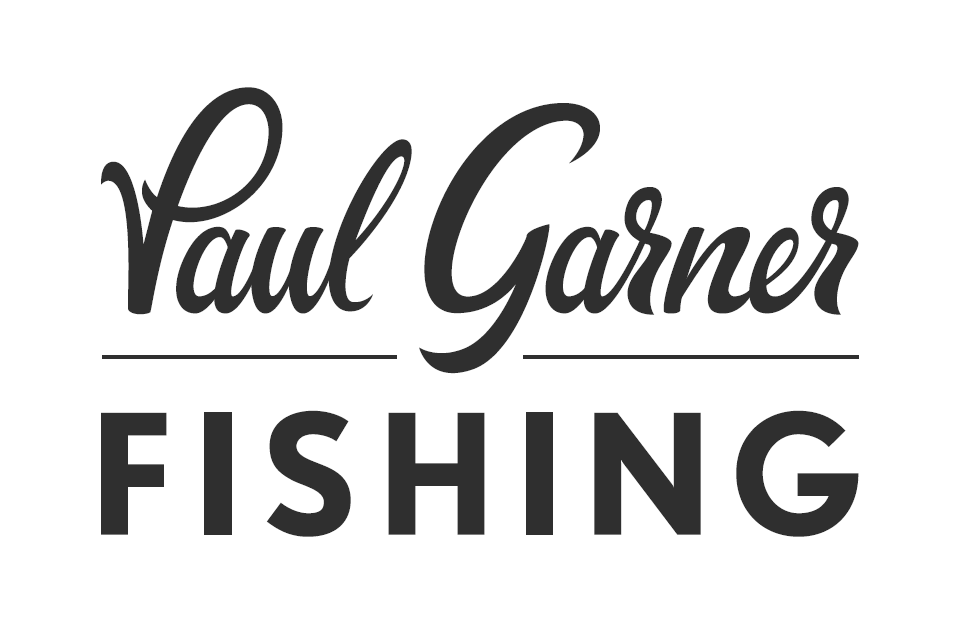
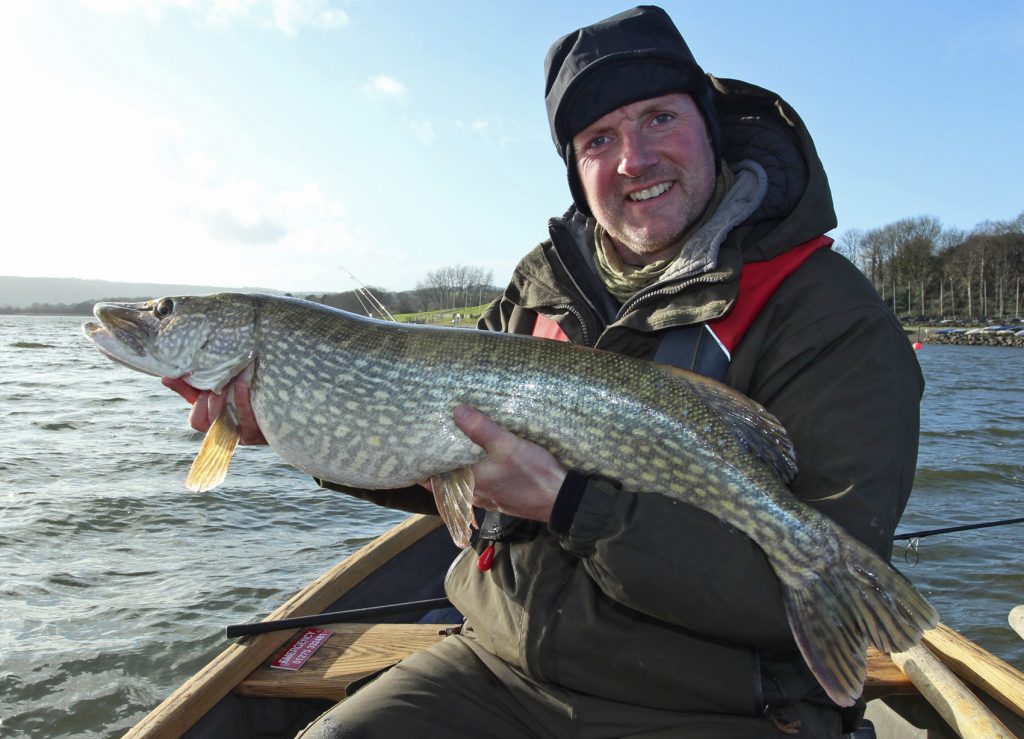
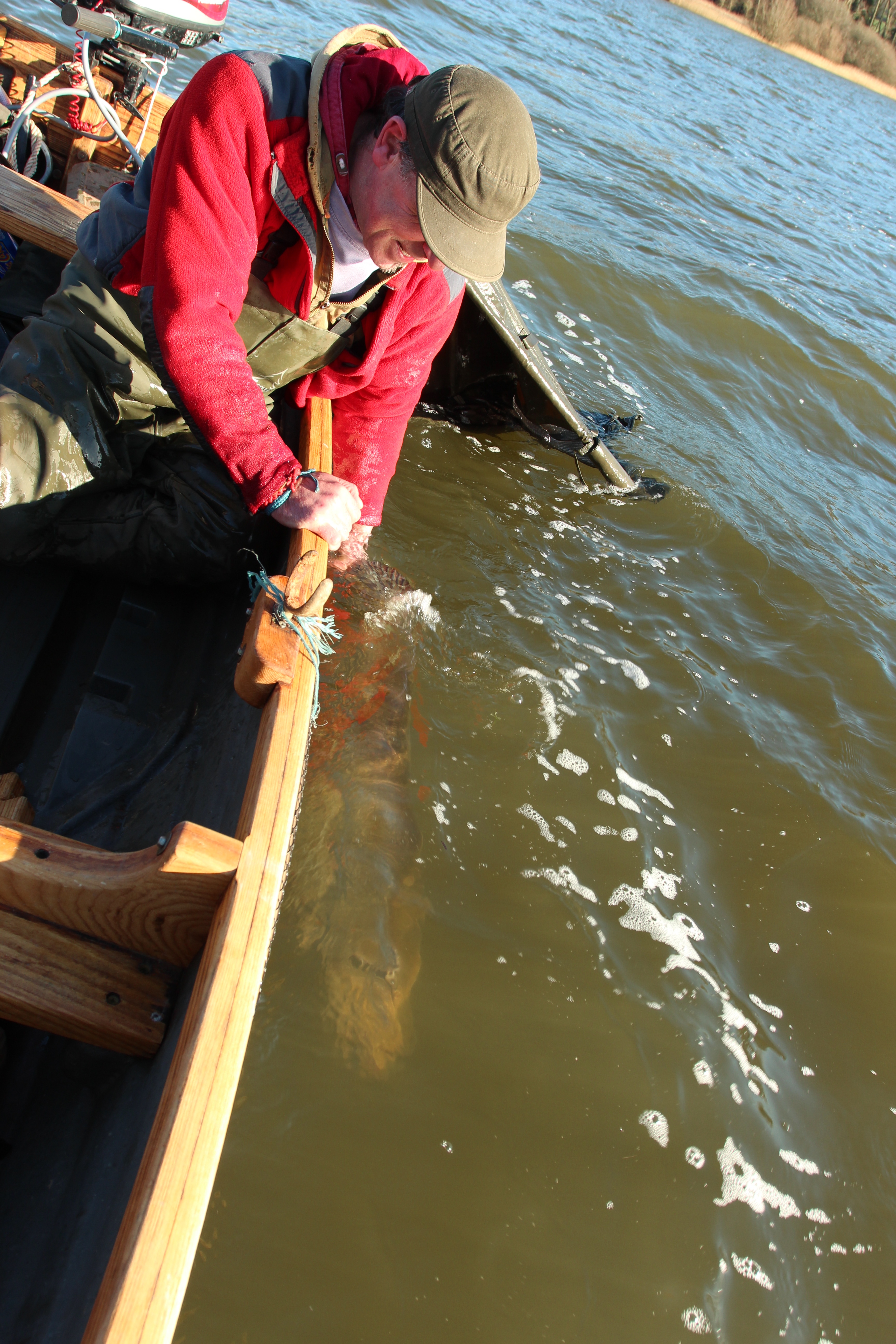

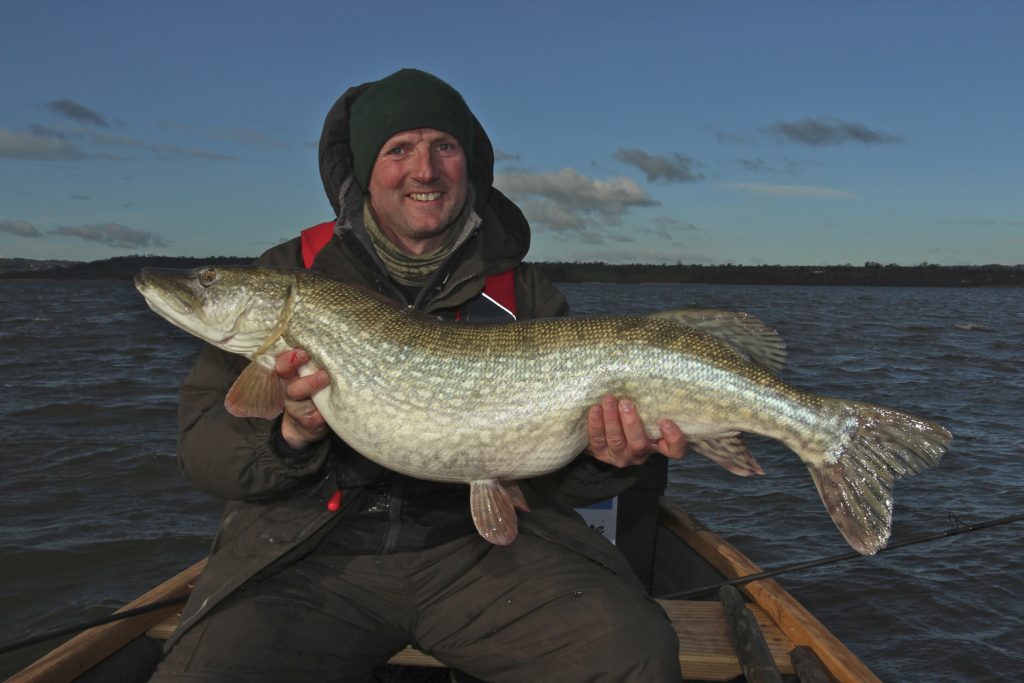

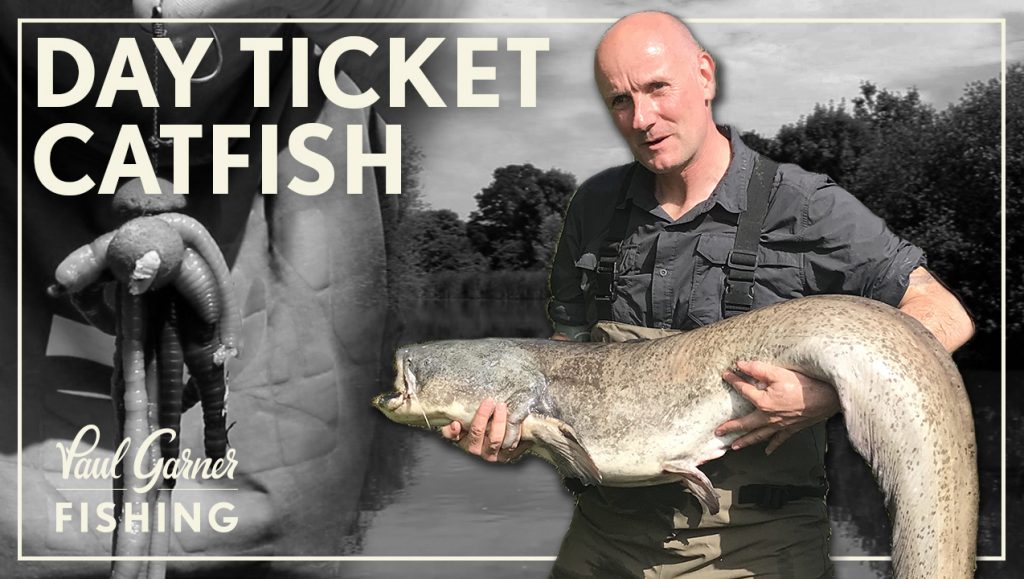


No Comments